GUEST SPEAKERS: Professor Michael Twyman, University Reading, Industrial photogravure: its influence on design 1920-50. Dr Nicola Gordon Bowe, National College of Art & Design, Dublin, The role of Harry Clarke (1889-1931) as illustrator, innovative art editor and graphic designer in Dublin 1921-25.
TICKETS: Booking is now open and tickets are available here.
FULL PROGRAMME is available here.
DESCRIPTION
During the twentieth century the printing industry underwent considerable change as it shifted from a craft-based trade to a technology-led profession, largely as a result of three major revolutions. In the composing room there was a move from hand- to machine composition followed by photo-setting and finally digital means of letter assembly; while in the press room printers experienced a shift from letterpress to off-set lithography and latterly digital methods of production.
These revolutions initiated both organizational and structural changes: compositors moved out of the printing office and re-located to trade typesetting houses; printers concentrated wholly on graphic reproduction and presswork; whilst design was undertaken by professional typographers working in private practice, remote from the trade typesetters or printing office. Change brought new methods of management into the industry and old grievances surfaced which often resulted in unrest, marking the twentieth century as an era of industrial disputes with the rise and demise of the print unions. Education and training were seen as necessary in the management of change, with the advent of formal education for printers and the emergence of school-trained professional typographic designers who assumed a defined and prominent role in the preparation of printed products, which showcased typographic trends and new modes of graphic communication. External factors also affected the industry including political upheaval, two world wars, fluctuating economies, international competition, politics and changing social values all impacted on print’s progress. However, the end of the twentieth century also saw a revival of interest in craft techniques and an increase in the number of printers who chose not to be taken over by technology but held to older methods of production in order to satisfy a rising alternative market of customers seeking tradition & craft.
SPEAKERS
DAY ONE - Caroline Archer, Just like last time only better: a review of IPEX; Jürgen Bönig, who changed print? Gains and losses; Chris Hill, Printers and press freedom in modern Britain; Daryl Lim, From metal type to typewriter: case of the Plebeian newspaper in 1963; Vaibhav Singh, Reverse engineering: from technology to craft in Hindi-Japanese Dictionaries; Pouya Jahanshahi, Harmony and discord: the visual language of Iranian graphic design; Patrick Goossens, The psychological profile of the Monotype caster; Katharina Walter, Letters in the light, the advent of photosetting as a new hybrid media technology; Trond Klevgaard, A reconsideration of narratives of New Typography in graphic design history, seen from the perspective of the Scandinavian printing trade.
DAY TWO - Dermot McGuinne, From Colum Cille to Colmcille; Claire M. Guerin, Anti-treaty print media in the Irish civil war, 1922-3; Stephen Hoskins, The graphic screen print; John-Daniel Harrington, Form follows technology —the effects of type making technologies on type forms; Cooper, Gridneff, Haslam, an education in letterpress: from apprentice to design student; Fuller, Robin, Uppercase, 1958—1961: British Typography in transition; Gordon Johnson, The Eleventh edition of the Encyclopaedia Britannica: an early twentieth-century example of disturbance in printing and publishing; Jessica Glaser, Beatrice Warde, May Lamberton Becker and Books Across the Sea; Robin Fuller, Uppercase, 1958-61: British typography in transition; Niall McCormack, Hiding in plain sight: Irish commercial label art, an overlooked letterpress aesthetic;Angela Griffith, Elizabeth Yeats, ‘art printing’ and the Cuala Press.
Question Time with Anne Brady - Mary Plunkett, Gloria Kondrup, David Steel, Sean Sills.
LETTERPRESS WORKSHOP WITH JEFF PULASKI Wednesday 29 March
Places currently only open to conference delegates. Will open to the general public on 1 March. Book early to avoid disappointment. 12 participants maximum. The craft of printing has changed greatly over the past 100 years and the change is accelerating. What was once a very hand-crafted and physical process has become an almost purely digital exercise. In this workshop, participants will work together in small groups, setting their names in metal type, and printing bookplates. Jeff will discuss and demonstrate setting type, locking the type on a press, inking the press, printing and registration of colours. All participants will have the opportunity to print several sheets and walk away from the workshop with a small quantity of personalized bookplates. No letterpress or printing experience necessary.
Special price - €15.00 for all conference delegates.
Contact education@nationalprintmuseum.ie to book and arrange online payment.
VENUE The NATIONAL PRINT MUSEUM, Garrison Chapel, Beggar's Bush Barracks, Haddington Rd, Dublin, Ireland
SPONSORS Bibliographical Society, UK; Printing Historical Society, UK; National Print Museum, Dublin; and Centre for Printing History & Culture, UK
ORGANISERS Professor Caroline Archer (Centre for Printing History & Culture); Anne Brady (National Print Museum, Dublin); Francis Cave (Printing Historical Society); Dr Christopher Hill (Centre for Printing History & Culture); Dr John Hinks (Printing Historical Society); Carla Marrinan (National Print Museum, Dublin); Sean Sills (National Print Museum, Dublin)


